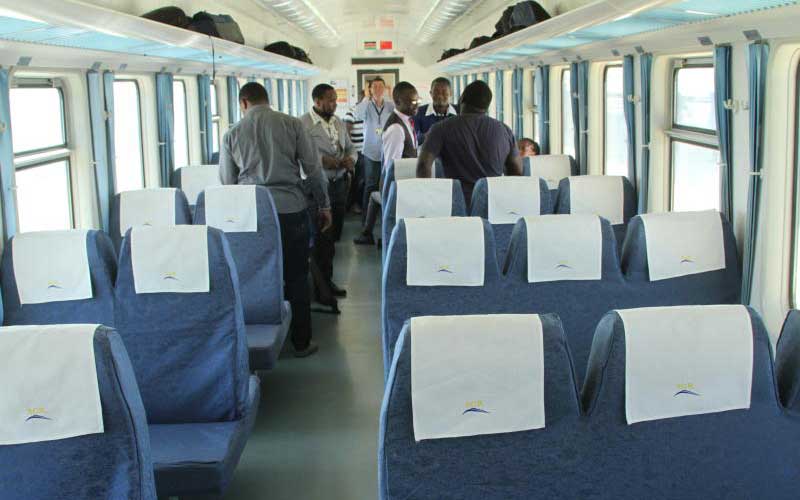×
The Standard e-Paper
Fearless, Trusted News

It is a highly-controversial train route, one that has been criticised as "heading nowhere" and lacking economic sense.
Yet, last Wednesday, at the Nairobi terminus of the Standard Gauge Railway in Syokimau, the launch of Phase 2A of the SGR project, terminating 120.49 kilometres away in Naivasha, is an event that was treated with extreme seriousness and fanfare.